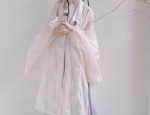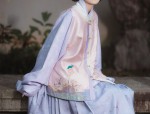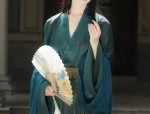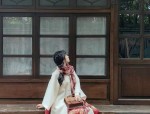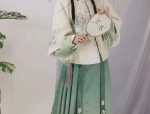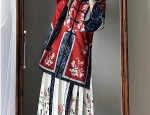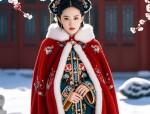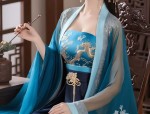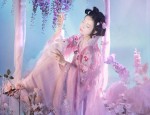The Splendor of Tang Dynasty Hanfu Headwear:A Study of Ancient Chinese Headpieces
In the Tang Dynasty, Hanfu, the traditional clothing of the Han people, reached its peak of influence and sophistication. As an integral part of this exquisite attire, the range of headwear was vast and diverse, reflecting the cultural richness and artistic excellence of the era. This article delves into the fascinating world of Tang Dynasty Hanfu headwear, examining the various types of headpieces and their significance in ancient Chinese culture.
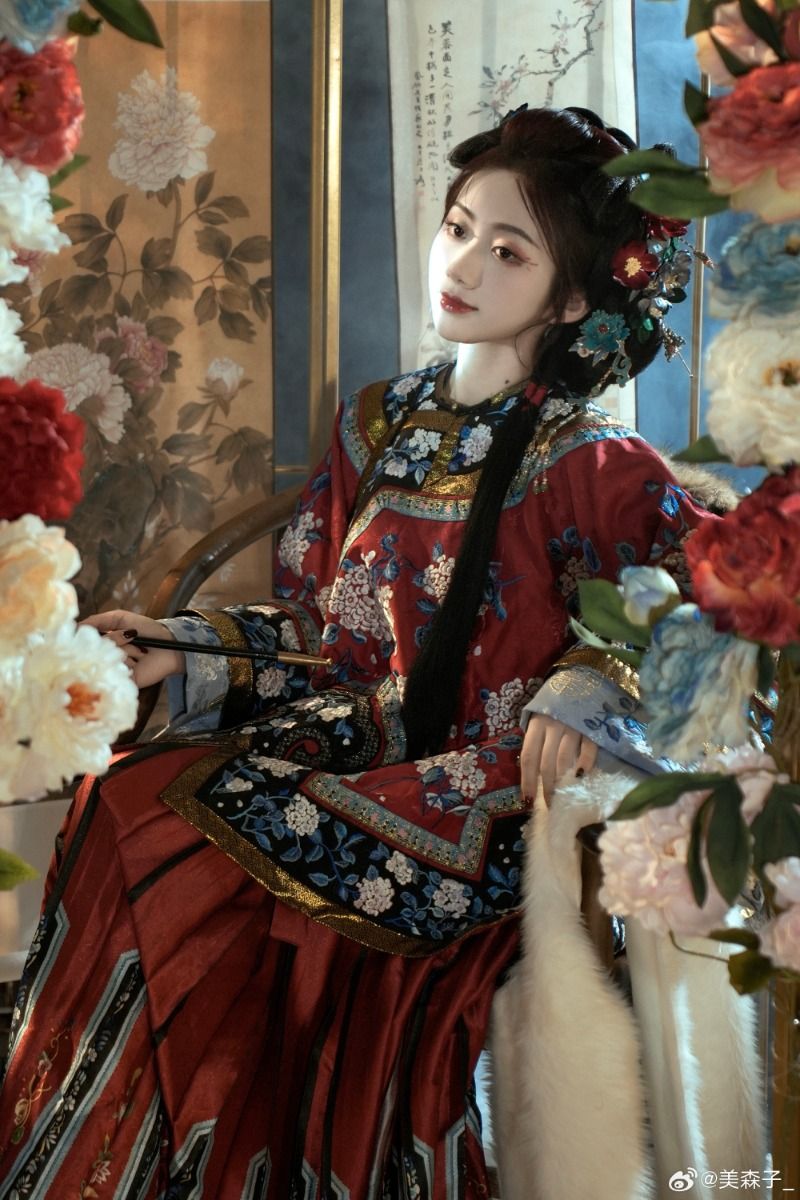
The Tang Dynasty, spanning from 618 to 907 AD, was a period of great prosperity and cultural exchange in China. The influence of Hanfu during this era was immeasurable, and its influence can be seen in various aspects of daily life, including the intricate designs of headwear. These headpieces not only served as a decorative accessory but also as a symbol of status and rank within society.
One of the most common types of headwear during the Tang Dynasty was the hairpin, which was used to secure the hair in place and also as a decorative accessory. These hairpins were made from various materials such as jade, gold, silver, wood, and even precious stones. They were often intricately carved or decorated with beautiful patterns, reflecting the craftsmanship and artistic skills of the era.
Another type of headwear was the veil or face coverings, which were worn by both men and women. These veils not only served as a protection from the sun but also as a symbol of modesty and dignity. The veils were often made from silk or other fine materials and were decorated with beautiful patterns and designs.
The buns and chignons were also an integral part of Tang Dynasty headwear. Women often wore their hair in intricate knots and buns, which were secured with hairpins and other accessories. These buns and chignons were often adorned with flowers, jewels, or other decorative pieces, adding to their beauty and elegance.
In addition to these common types of headwear, there were also specialized headpieces for specific occasions or festivals. For example, during weddings, women wore a type of veil called the jiajin, which was a symbol of respect and honor for the bridegroom's family. Similarly, during festivals or ceremonial occasions, people wore special headpieces that were often adorned with precious stones or other symbols of good luck and prosperity.
The range of colors and designs in Tang Dynasty headwear was vast, reflecting the cultural diversity and artistic creativity of the era. The use of bright colors such as red, green, blue, and yellow was common, creating a vibrant and lively atmosphere. The intricate patterns and designs were often inspired by nature, such as flowers, birds, clouds, and waves, adding to their beauty and uniqueness.
The art of making headwear during the Tang Dynasty was highly skilled and involved various techniques such as carving, embroidery, painting, and beading. The craftsmanship behind these headpieces was immeasurable, reflecting the skilled craftsmanship and dedication to detail that was characteristic of the era.
In conclusion, the range of headwear during the Tang Dynasty was vast and diverse, reflecting the cultural richness and artistic excellence of the era. These headpieces not only served as a decorative accessory but also as a symbol of status and rank within society. The intricate designs and patterns were often inspired by nature and culture, adding to their beauty and uniqueness. The craftsmanship behind these headpieces was immeasurable, reflecting the skilled craftsmanship and dedication to detail that was characteristic of the Tang Dynasty.

 Previous Post
Previous Post

